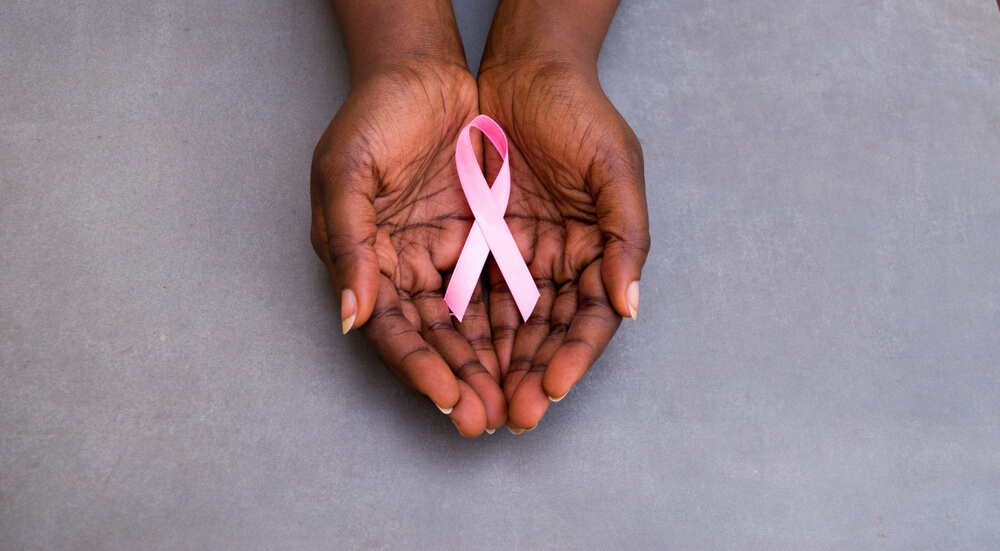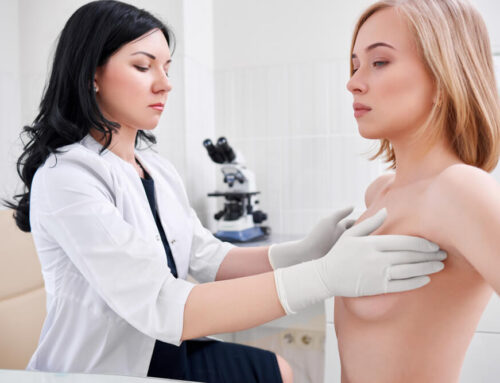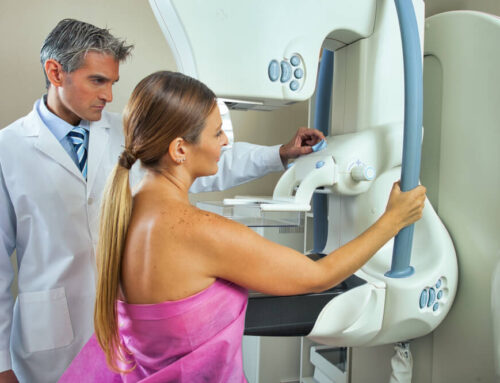When we talk about breast cancer recurrence, we refer to the breast cancer that has returned even after effective past treatment, at which point no existing cancer cells were detected. A person can be affected by recurrent breast cancer in just a few months or several years after the initial treatment process.
Breast cancer surgery involves the complete removal of the detected cancer tissue. However, the tests used to detect these cells are not always sensitive enough, meaning that there’s a risk of a few remaining cells being left behind. That said, the possibility of a couple of cancer cells surviving post-surgical chemotherapy and radiation is not entirely nonexistent. Just one remaining cancer cell could end up multiplying and causing breast cancer relapse. However, if cancer appears again in another breast with no other affected body parts, this is probably not breast cancer recurrence but a completely new cancer.
Regular wellness checkups can help you detect cancer in its earliest stages when the treatment is likely to be more effective and efficient. If you’re interested in a breast exam or have any concerns about your health, don’t hesitate to reach us at Breast Care Center Miami.
Breast Cancer Recurrence Symptoms
Breast cancer recurrence symptoms change based on the location of the disease. In that sense, recurrent breast cancer can be local, regional, or distant.
Local Recurrence Breast Cancer
When cancer returns to the exact location where it first appeared, it is called a local recurrence breast cancer. Cancer may return in the breast tissue that wasn’t removed during a lumpectomy. After a mastectomy, it may come back in the skin or the chest lining. Local breast cancer recurrence symptoms are as follows:
- New lump formation in the chest wall or breast
- Unusual firmness in the concentrated breast area
- Complete or partial breast skin swelling
- Red and irritated breast area
- Nipple flattening and other potential changes
- Changes around the original surgery scar/site include swelling, thickening, skin pulling, etc.
Swelling and redness around the breast area are common side effects of breast cancer treatment options like radiation and surgery. You should still consult your doctor if you’re worried about any changes to your breasts.
Those who have undergone a mastectomy and reconstruction surgery may experience lumpiness due to the accumulation of dead scar/fatty tissue. Tell your doctor if you feel a lump in your breast; even though they are rarely cancerous, it’s still important to keep an eye on them.
Tumor size and the presence or absence of hormone receptors help define the local recurrence breast cancer stage. Local breast cancer relapse might have distinct features compared to the initial tumor. For instance, a tumor that was hormone receptor-negative at the time of diagnosis may have developed a hormone receptor-positive local breast cancer recurrence. Because of this, the doctor will conduct additional tests focusing on the local recurrence.
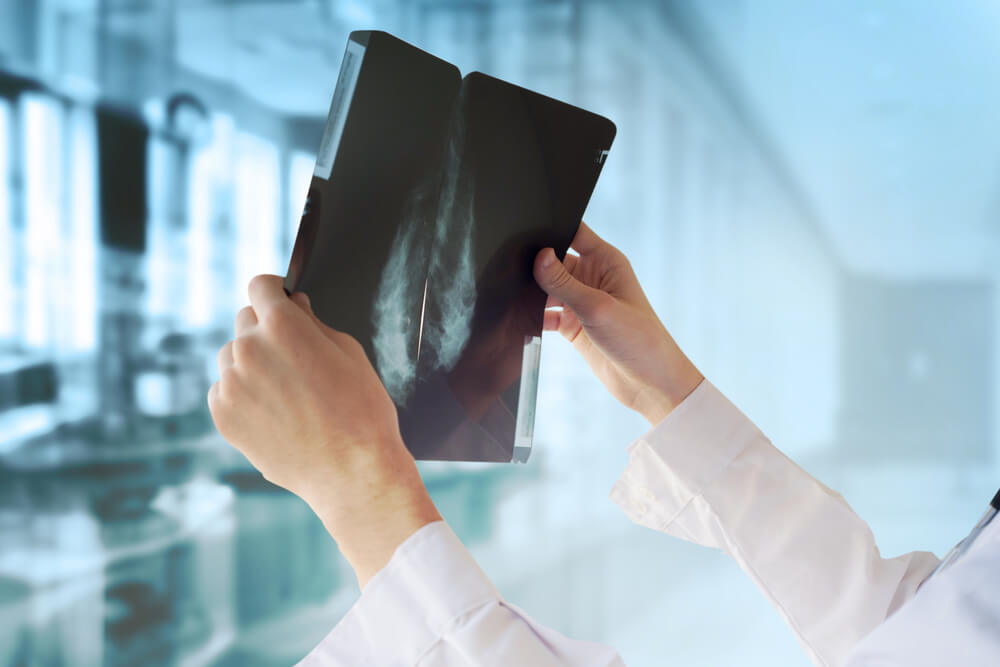
Recurrent Breast Cancer Treatment – Local
Some possible locally recurrent breast cancer treatment options may be the following:
- Surgery
- Chemotherapy and radiation
- Hormonal therapy for hormone receptor-positive breast cancer relapse
- Immunotherapy for triple-negative cancer
- Targeted therapy
The fact that you’ve already been treated for breast cancer means that the doctor can draw on that experience when deciding how to handle the local recurrent breast cancer.
Regional Recurrence Breast Cancer
When breast cancer returns to the chest wall, skin, or lymph nodes in the vicinity of the original diagnosis, it’s called regional recurrence breast cancer. Symptoms in the case of regional recurrence include the following:
- Stubborn chest pain
- Numbness, swelling, and pain in one shoulder/arm
- Swelling/lump in the underarm lymph nodes or around the breastbone or collarbone
Regional recurrence breast cancer is observed to be a stage 3 cancer, defined as locally-advanced breast cancer.
Like in the case of local recurrence, regional one may also feature different characteristics compared to the initially diagnosed tumor. In that sense, the regional recurrence can be hormone receptor-positive while the original may have been hormone receptor-negative. Again, this is why it’s necessary to perform various tests regarding regional recurrence.
Recurrent Breast Cancer Treatment – Regional
The characteristics and nature of the regional recurrence breast cancer will dictate the preferred treatment plan. That said, treatment options in the case of regional recurrence are pretty much the same as in the case of local recurrence, namely, surgery, chemotherapy and radiation, targeted therapy, hormonal therapy for hormone receptor-positive cancer, and immunotherapy for triple-negative cancer. The doctor will have to consider the treatment you received for the original cancer diagnosis to decide on the best course of action.
Surgery to remove afflicted lymph nodes is typically recommended if a regional recurrence is spotted in the lymph nodes around the collarbone or under the arm.
If radiation therapy was part of the initial treatment, the doctor will evaluate the regional recurrence location in relation to the total dose of radiation received during the initial treatment before deciding whether or not radiation therapy is appropriate for the regional recurrence.
The doctor will also take into account the medicines that the patient has already received in order to determine whether or not chemotherapy, targeted therapy, hormone therapy, or immunotherapy are appropriate for regional recurrence.
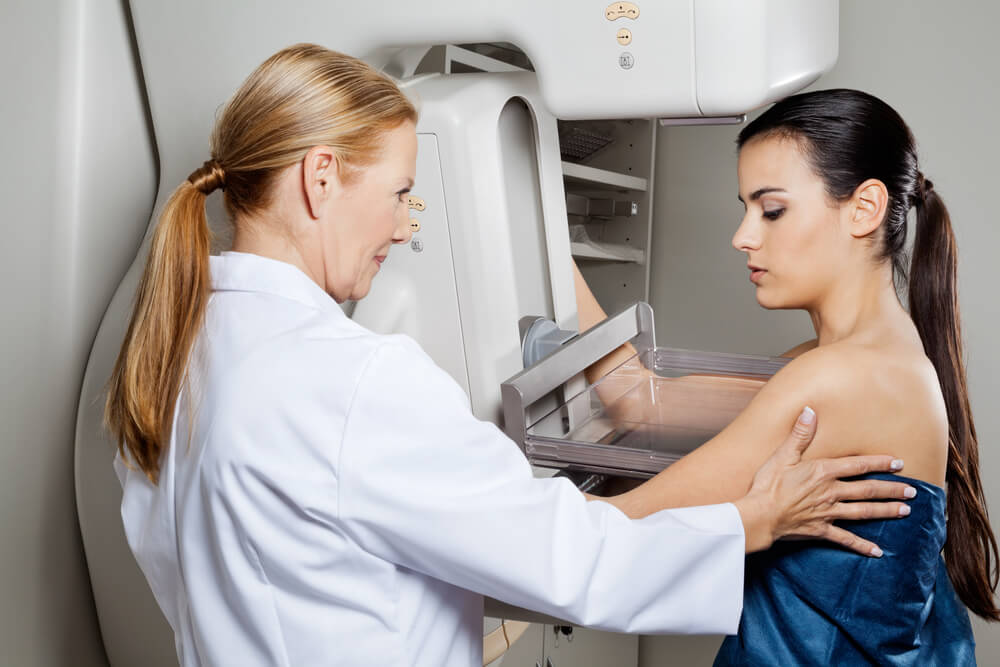
Distant Recurrence Breast Cancer
A distant or metastatic recurrence occurs when cancer has spread to another body area, most often the bones, lungs, or liver. The common symptoms of distant recurrence include:
- Stubborn and unyielding pain in the back, chest, or hip area
- Troubled breathing and constant coughing
- Weight loss and lack of appetite
- Excruciating headaches
- Seizures
Metastatic breast cancer is treatable in a variety of ways. Depending on how far spread the cancer is, treatment options may change. It’s possible to try alternative treatments if the initial one doesn’t pan out or stops working.
As a rule, curing metastatic breast cancer isn’t the goal of treatment. Cancer treatment has the potential to lengthen one’s life and lessen the severity of the patient’s symptoms. The doctor strikes a delicate balance between alleviating the symptoms and protecting the patient from any potentially harmful side effects. The goal is to ensure that patients have the highest possible quality of life for the longest time.
Your doctor will probably set up a schedule of checkups for you when your treatment for breast cancer is complete. Regular checkups with your doctor allow them to look for indications of potential cancer relapse. Make sure your doctor is aware of any changes in your condition. If you experience worrying symptoms that don’t go away, it’s important to see a doctor as soon as possible. Don’t hesitate to reach out to us at Breast Care Center Miami if you want to put your health in the hands of trustworthy experts. You’re welcome to get in touch with us for any questions and concerns you may have as well.



